As 2023 came to a close, 3D printing news saw developments in a range of verticals. The Defense industry continued to leverage additive manufacturing, which is set to enable a record turnaround for the next generation Tempest fighter jet.
All the 3D Printing Industry News from 2023.
Elsewhere, 3D printing material upcycling capabilities alleviated supply chain challenges, and companies developed new high-performance materials.
2023 saw numerous 3D printing developments within the medical sector, and December was no different. 3D printed spinal implants received market approval in China, whilst developments were made in 3D medical imaging.
Read on for more December 3D printing news highlights from the likes of Stratasys, Siemens Healthineers, Additive Manufacturing Solutions Ltd., 6K Additive, Constellium, Nikon SLM Solutions, Mechnano, Lithoz, and Bright Laser Technologies.
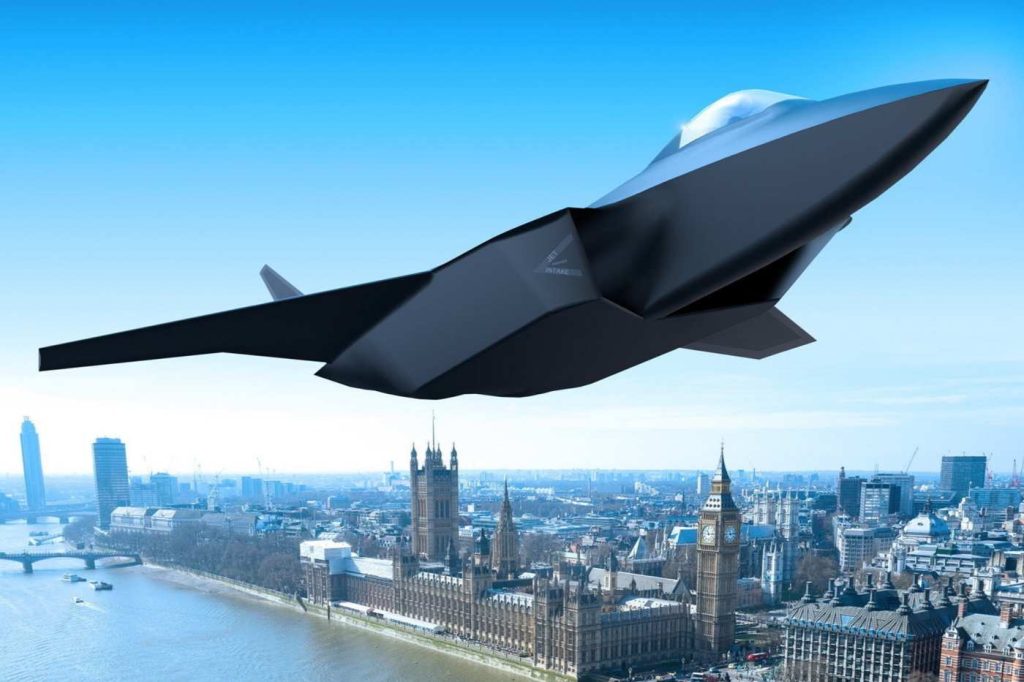
Record fighter jet development time enabled by AM
December marked a key development in the Global Combat Air Programme (GCAP), which is developing a next generation supersonic fighter jet called the Tempest.
First initiated in December 2022, GCAP has merged Japan’s F-X program with the UK and Italy’s Team Tempest project. This latest development saw the signing of an international treaty between the three nations which confirmed that the UK will host the GCAP government HQ.
GCAP promises an incredibly small development time for the Tempest, with the finalized fighter jet to be delivered in 2035, 12 years after the signing of the trilateral agreement. In comparison, the Eurofighter Typhoon was developed over 20 years, whilst Lockheed Martin’s F-22 Raptor underwent a 26-year development period.
Given the significant lead time reductions offered by additive manufacturing, 3D printing is set to play a key role in GCAP. BAE Systems, a leading industrial partner of GCAP, has outlined the intention to 3D print 30% of the Tempest’s parts.
The Program’s other leading partners, Italian defense contractor Leonardo, and Japanese manufacturer Mitsubishi Heavy Industries (MHI), also possess strong backgrounds in additive manufacturing. Leonardo had previously partnered with large-format 3D printer manufacturer BigRep to 3D print components for the Royal Navy’s AugustaWestland AW101 helicopters. Additionally, MHI offers its own proprietary LAMDA directed energy deposition (DED) 3D printers.

Securing material supply chains
2023 has seen geopolitical and macroeconomic challenges place significant pressure on global supply chains. To combat this, additive manufacturing has been increasingly utilized to secure the supply of key materials.
In December, Industrial 3D printing materials manufacturer 6K Additive was awarded a $23.4 million grant from the US Department of Defense (DoD).
The company plans to use this funding to double capacity and expand its domestic metal upcycling capabilities to create, maintain, protect, and restore US industrial base capabilities for warfighting.
Awarded via Defense Production Act (DPA) authorities, this funding will help to reshore the supply of high-grade metals such as titanium, nickel and refractory metals within the US. These materials are frequently used to manufacture aircraft structural components, turbine engine blades, rocket engines, and radar systems.
Moreover, this grant will support 6K’s plans to renovate its facilities, acquire new talent, install new equipment, and upgrade its engineering capabilities.
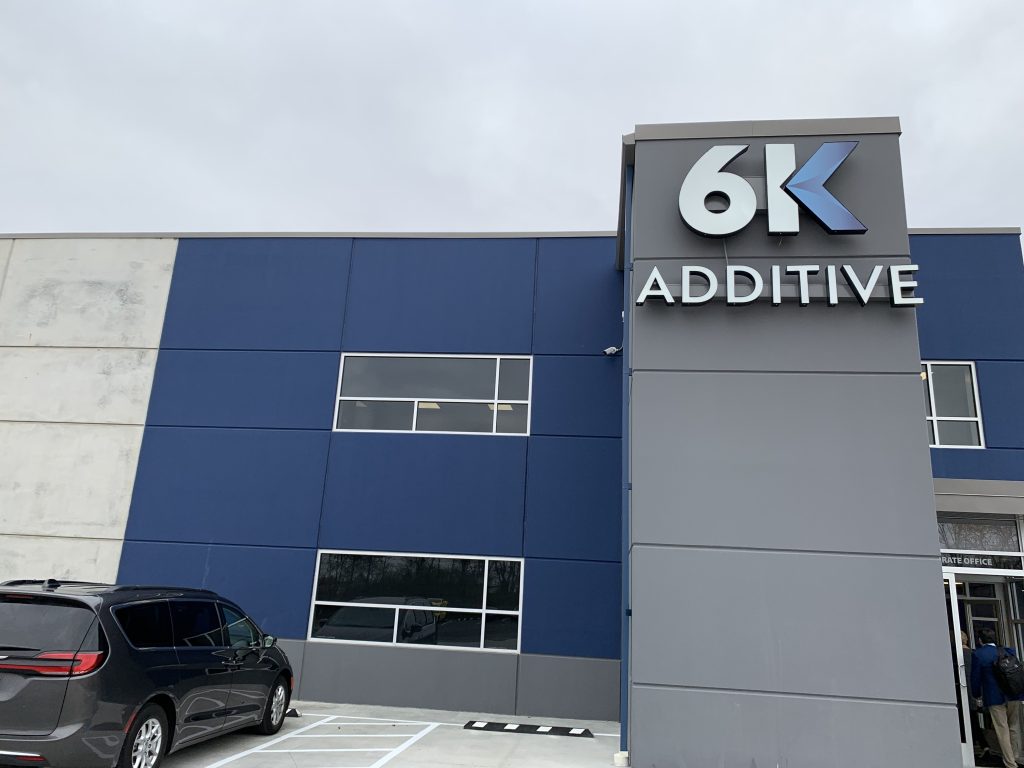
Elsewhere, UK-based 3D printing SME Additive Manufacturing Solutions Ltd. (AMS) announced a collaboration with the UK Ministry of Defence’s(MoD) Defence Equipment Sales Authority (DESA).
This partnership will see AMS research the feasibility of recovering and recycling critical materials from surplus defense assets. This marks the first stage of an MoD project that seeks to enhance knowledge and control over current and future material sourcing strategies.
Ultimately, the MoD hopes to create a strong UK-based supply chain for key minerals, such as titanium, to the UK market.
“AMS has tirelessly built momentum and expertise within the additive powder market, with a sharp focus on providing recycled feedstocks. This agreement represents the next phase in our mission to commercialize recycled materials within the additive manufacturing feedstock market,” commented AMS Director and CEO Rob Higham.
“Supporting the MoD in addressing critical mineral accessibility and capability is an honor and a testament to the efforts of the entire AMS team.”
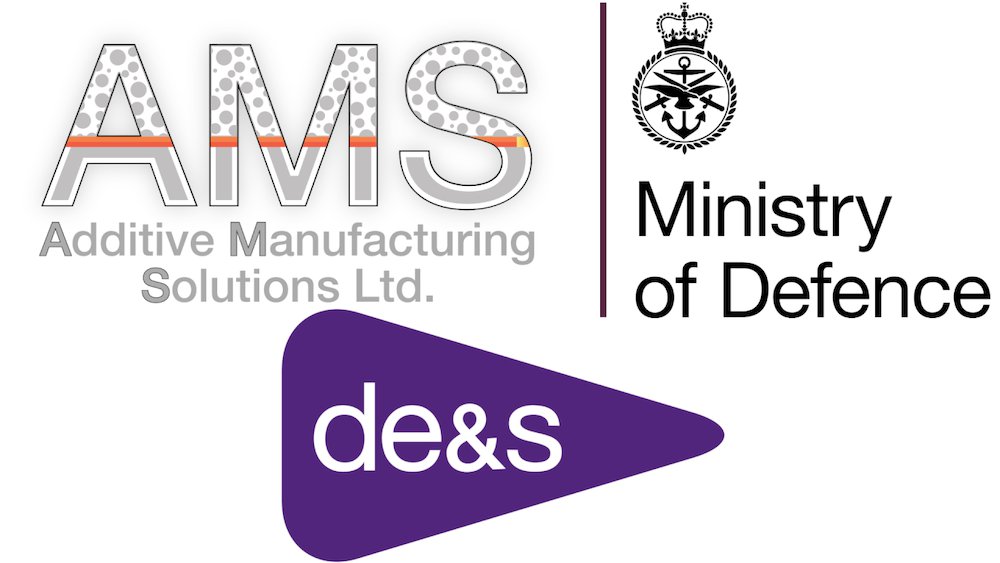
High-performance 3D printing materials
December also saw notable developments within the high performance 3D printing material space. Arizona-based 3D printing company Mechnano and Bomar introduced a new E35B+ masterbatch utilizing Bomar’s BR-952 oligomer.
The masterbatch employs exclusive D’Func (Discrete, Dispersed, and Functionalized Carbon Nanotubes) technology to facilitate the advancement of 3D printing resin. This new offering is said to ensure heightened mechanical strength and uniform electrical performance.
Following the launch of E35B+, Mechnano and Bomar launched an additional resin 3D printing material dubbed T50B masterbach. Also developed with Mechnano’s D’Func technology, this material concentrates on Discrete, Dispersed, and Functionalized Carbon Nanotubes. T50B has been designed to enhance mechanical properties and maintain consistent electrical performance at the nanoscale within the resin.
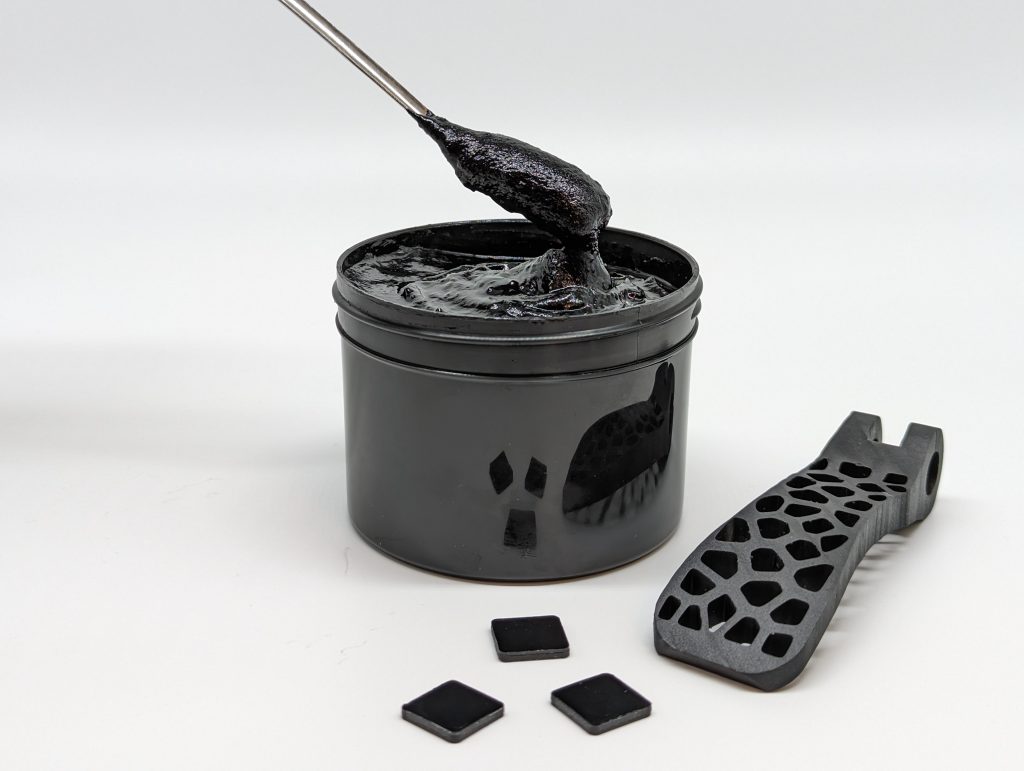
December also saw aluminum specialist Constellium expand its Additive Manufacturing Development plan through a partnership with Nikon’s subsidiary Morf3D.
Seeking to address demand for large-format metal 3D printing, this partnership centers around the qualification and development of Constellium’s Aheadd CP1 powder using Nikon SLM Solutions’ SLM 500.
Optimized for laser powder bed fusion (L-PBF), The Aheadd CP1 is an aluminum-iron-zirconium powder designed to enhance production throughput and minimize upfront material costs. Key to this powder is its high strength and ductility, exceptional thermal and electrical conductivity, efficient processing, and simplified post-processing procedures.
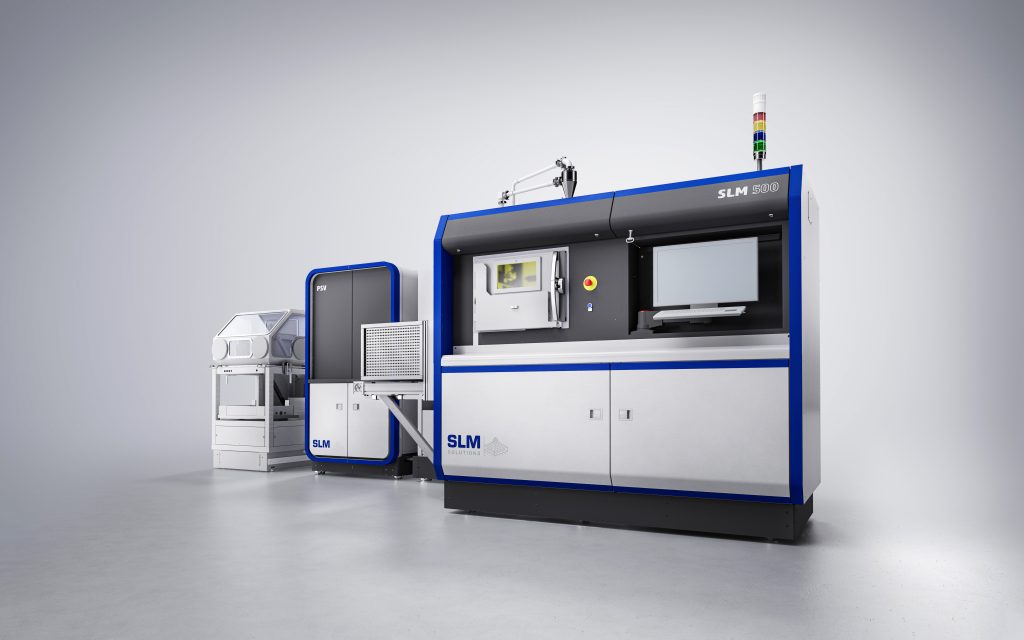
Developments in healthcare
Medical developments within additive manufacturing continued into December, with a 3D printed spinal cage from medical firm Wedo Bio-Medical Technology Co, Ltd. receiving market approval in China.
The company’s WedoCage, a Hydroxyapatite-Coated Porous Titanium Alloy Interbody Fusion Device, was 3D printed using the BLT-S210 and BLT-S310 systems from Bright Laser Technologies (BLT).
The WedoCage features a complex porous structure requiring high precision during 3D printing. In fact, the spinal implant incorporates extensive overhangs and challenging product process parameters and support structures. Therefore, BLT worked closely with Wedo’s R&D team to iterate and optimize the 3D print parameters of the WedoCage.
The 3D printed implant has already undergone controlled clinical trials in China over 10 research hospitals. This study found that WedoCage’s fusion effective rate was 97.10%, surpassing the 85.29% fusion succession rate of other PEEK Fusion Devices. No device-related adverse reactions were reported during the trial.
Elsewhere, leading 3D printer manufacturer Stratasys partnered with Siemens Healthineers to advance medical imaging phantoms used in computed tomography (CT) scans.
This partnership aims to develop phantoms with ultra-realistic human anatomy characteristics. Such developments could lead to the substitution of 3D printed structures for human cadavers in certain contexts. This would enhance efficiency and reduce human variability during testing and calibration processes.
“The current limitations of imaging phantoms have been a longstanding challenge for the radiology community,” commented Erez Ben Zvi, Vice President Medical at Stratasys. “This partnership with Siemens Healthineers will enable us to jointly explore the vast possibilities of our radiopaque materials and 3D printing technologies to overcome these barriers.”

Subscribe to the 3D Printing Industry newsletter to keep up to date with the latest 3D printing news. You can also follow us on Twitter, like our Facebook page, and subscribe to the 3D Printing Industry Youtube channel to access more exclusive content.
Are you interested in working in the additive manufacturing industry? Visit 3D Printing Jobs to view a selection of available roles and kickstart your career.
Featured image shows an artist’s impressions of the GCAP fighter jet. Image via BAE Systems.

